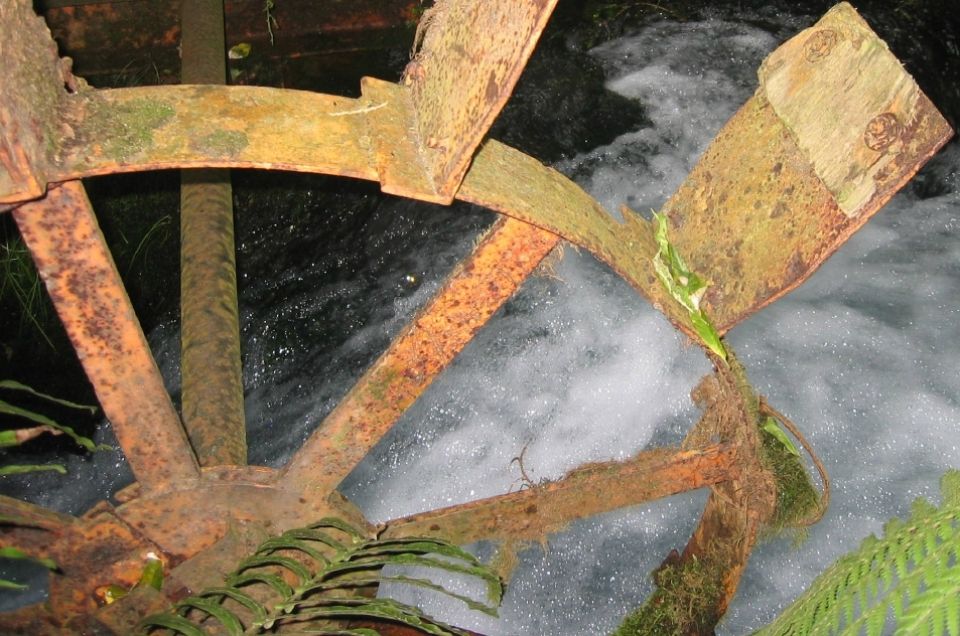Te Waihou Walkway
It was a journeying place of King Te Wherowhero Tawhiao, the second Maori King of New Zealand, as it provided him with his main travelling route. The river gave him food and the flax was used for many purposes. Also, Kahupeka, a Tainui tupuna, set off with her son shortly after her husband's death to wander around the Central North Island. On her travels, the Upper Waihou River was one of the main rivers that she and her son crossed while travelling from Pirongia to Te Aroha, and again from Te Aroha to Whakamaru.
Moving on to later years, the Edmeades family settled and began to farm the land along the Upper Waihou River in 1938. At this stage the river area was heavily covered with fern and ti tree, which was eventually cleared. During these early days, war trenches were dug along the Upper Waihou River as a result of the war scare, but were covered in without ever being used.
The Waihou Stream is totally spring fed. Water from the Mamaku Plateau takes anywhere from 50-100 years to reach the Blue Spring. Water flows from the spring at a rate of 42 cubic metres per minute (9240 gallons per minute). The water temperature of the Blue Spring is a constant 11 degrees celsius throughout the year.
The reason for the blue colour (and high visual clarity) of the Waihou River and its spring source is the high optical purity of the water. Pure water is intrinsically blue in hue because it absorbs red light leaving only blue and (some) green light to be transmitted to the observer's eye. Pure natural waters are blue to blue-green in colour because they lack light absorbing constituents and particles. Both particles and light-absorbing matter are efficiently removed during the long settlement time of spring water while in aquifers.


